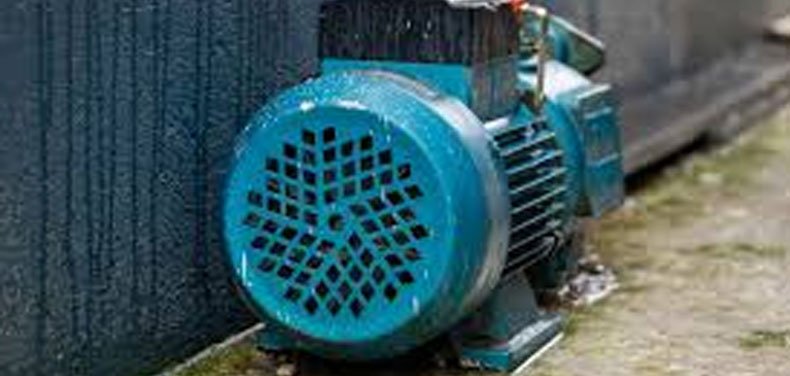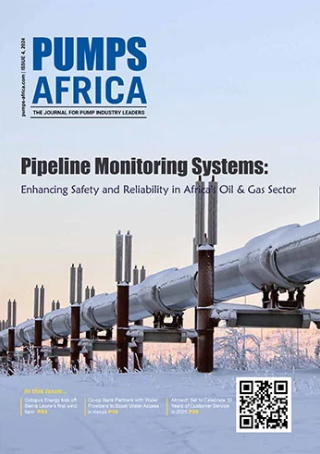Understanding the Basics of Water Pumps
Water pumps are essential for the smooth operation of many mechanical and plumbing systems, yet they are prone to a variety of issues that can impede their functionality. If you’ve ever turned on a faucet to find no water pressure, or heard strange noises coming from your heating system, you might be facing some of these common difficulties. The journey through diagnosing and solving water pump problems begins with understanding how these devices work and what typically goes wrong.
Recognizing Symptoms and Identifying Issues
No Water or Low Pressure
Imagine starting your day ready for a hot shower, only to find that no water is coming out. This is a classic sign of a failing water pump. Other indicators include low water pressure or a pump that cycles on and off more frequently than usual. These symptoms could suggest a clogged filter, issues with the pump’s electrical connections, or even a deep-seated problem in the well itself if your system is well-based.
Unusual Noises
A water pump shouldn’t be noisy. If you start hearing a humming, grinding, or banging sound, it’s a signal that something isn’t right. These noises can stem from a jammed impeller, bearing failures, or loose parts vibrating against the casing of the pump.
Common Causes of Water Pump Failure
Age and Wear
Like any mechanical device, water pumps wear out over time. Bearings can seize, seals may break, and impellers might degrade. A pump well past its prime is more likely to fail, often requiring more than just simple repairs.
Poor Installation
Incorrect installation can lead to numerous pump problems. This might include issues like improper sizing of the pump for the system’s requirements, or faulty wiring that compromises the pump’s operation and safety.
Electrical Issues
Pumps rely heavily on their electrical components. A blown fuse, a tripped breaker, or a failure in the motor can render a pump inoperable. Regular electrical maintenance can help avoid these problems.
Step-by-Step Diagnostic Guide
Checking Electrical Components
Start with the basics: ensure that the pump is receiving power. This includes checking circuit breakers, examining wires for damage, and testing the voltage at the pump itself.
Inspecting the Pump
Physical inspection can reveal many problems. Look for signs of wear on the impeller, check for leaks around seals, and make sure there is no debris obstructing the water flow.
Pressure Tests
Performing a pressure test can help determine if the issue lies within the pump or further along in the system. This test will show whether the pump is capable of reaching and maintaining the required pressure levels.
Real-Life Troubleshooting Example
Consider the story of a small-town bakery that experienced intermittent water supply issues, severely impacting their business. Initially, the problem appeared sporadic, which made diagnosing tricky. After several checks, it was discovered that the pressure switch was faulty, causing the pump to shut off at random. Replacing the switch provided a simple and effective solution, and the bakery returned to normal operations.
Preventive Measures and Maintenance Tips
Regular Maintenance
Establish a regular maintenance schedule for your water pump. This includes cleaning filters, checking fluid levels, and inspecting the pump and its components for signs of wear or damage.
Know Your System
Understand the specifications and requirements of your water pump system. This knowledge can help you identify when the pump is not performing as it should and facilitate quicker troubleshooting.
Professional Inspections
Sometimes, the best approach is to have a professional look at your system. They can offer a comprehensive checkup and handle complex repairs that might be beyond the scope of typical DIY efforts.
When to Consider Replacement
There comes a point when repairing an old water pump might not be cost-effective. If your pump requires frequent repairs, or if it’s reaching the end of its expected lifespan, replacing it might be the more prudent choice. Modern pumps are more efficient and can provide better performance and reliability than older models.
Conclusion
Water pump issues can range from minor inconveniences to major disruptions. By understanding the common problems, recognizing the symptoms, and knowing how to troubleshoot these issues, you can ensure that your system remains operational. Remember, timely maintenance and sometimes a professional’s touch can save you from the hassle and expense of unexpected failures. Keep an eye on your pump’s performance and act swiftly at the first sign of trouble to keep your water flowing smoothly.
 About the Author:
About the Author:
David has been involved in the family owned business Ken’s Distribution Company for more than 10 years. He deals with residential &commercial water pumps. He is well knowledged in Clean water, Lawn & Irrigation, Sump, Effluent/ Sewage, Multi-purpose, Frame mount ,Engine drive, Centrifugal Pumps also CH&E Diaphragm pump. He specializes in water pumps &repair parts for Monarch water pumps, Franklin electric water pumps, Red Lion Products, Generac also know as CH&E or Magnum Diaphragm Pumps.







